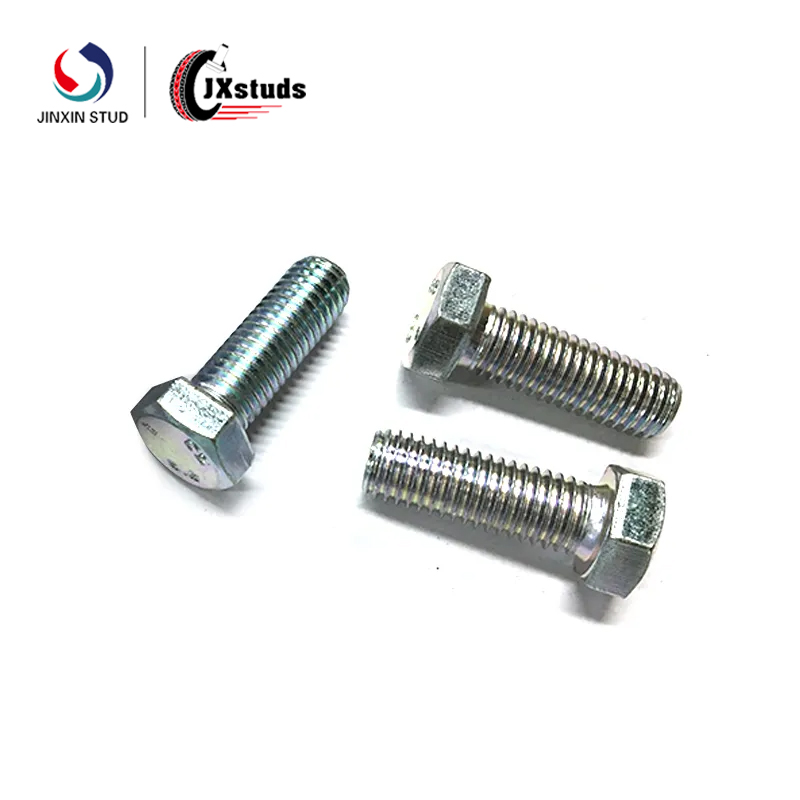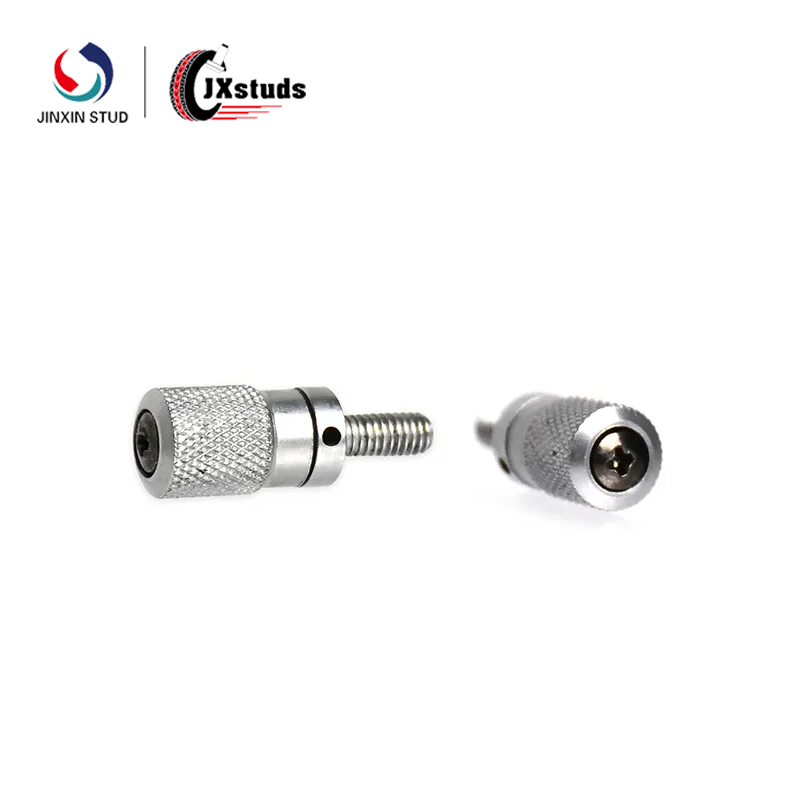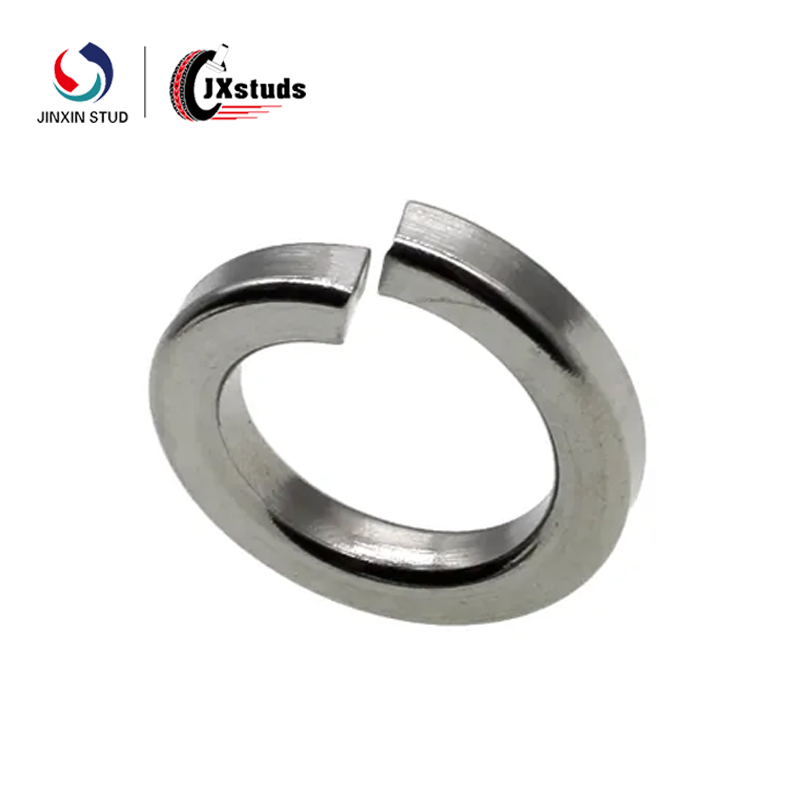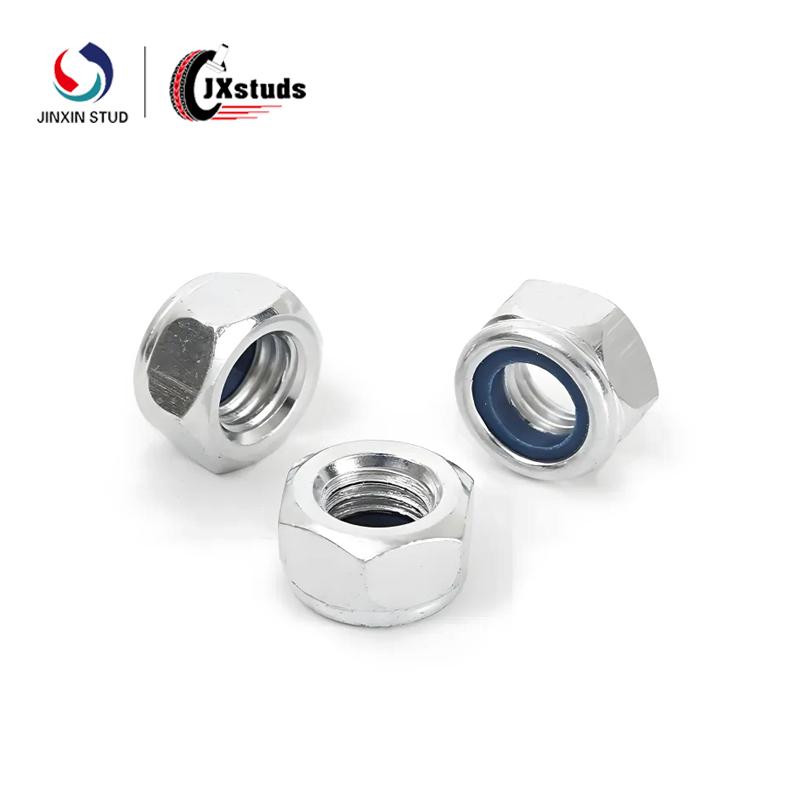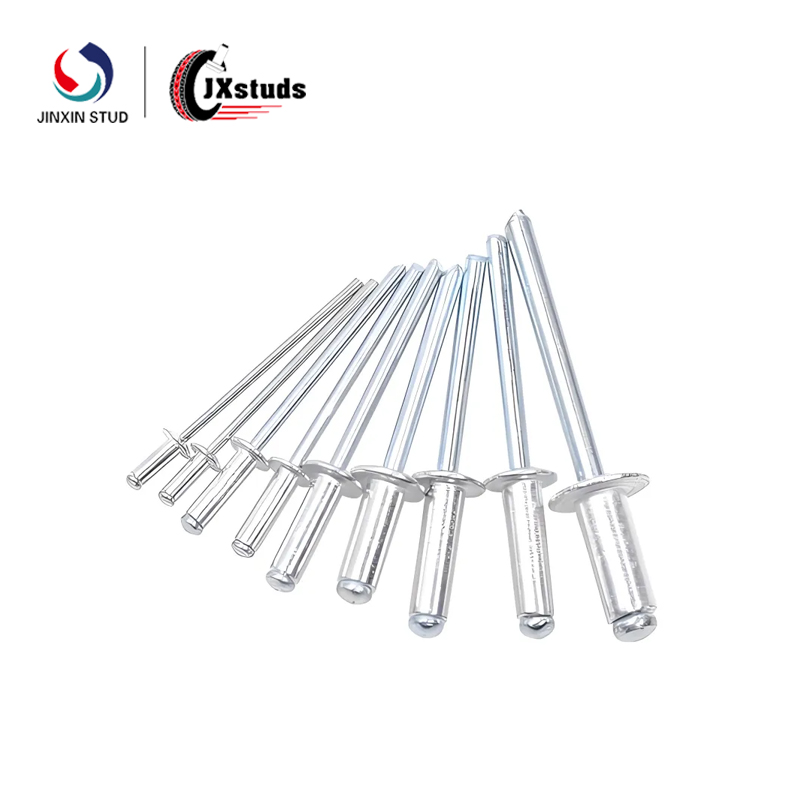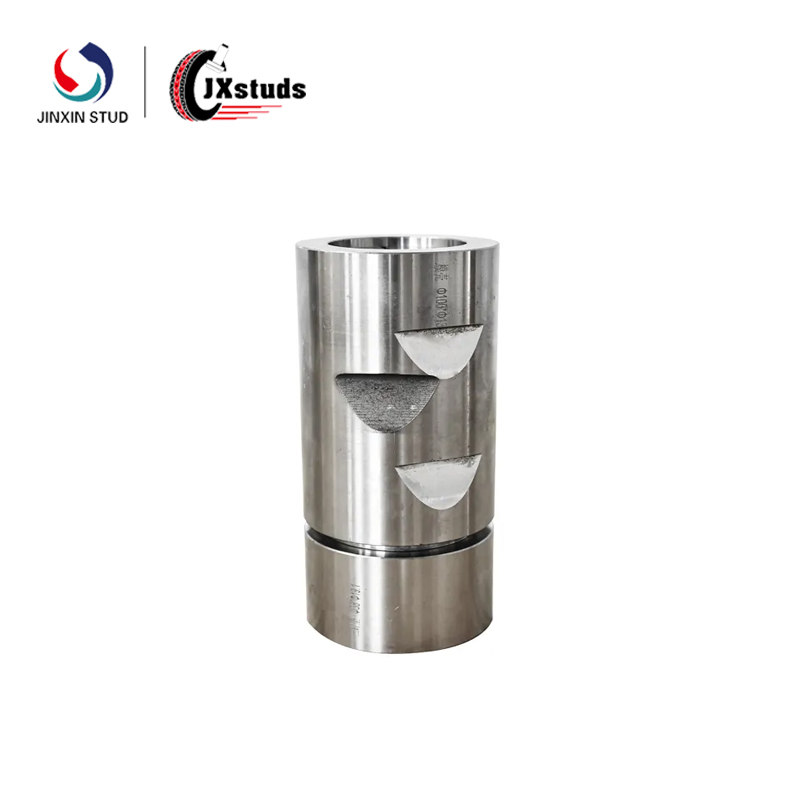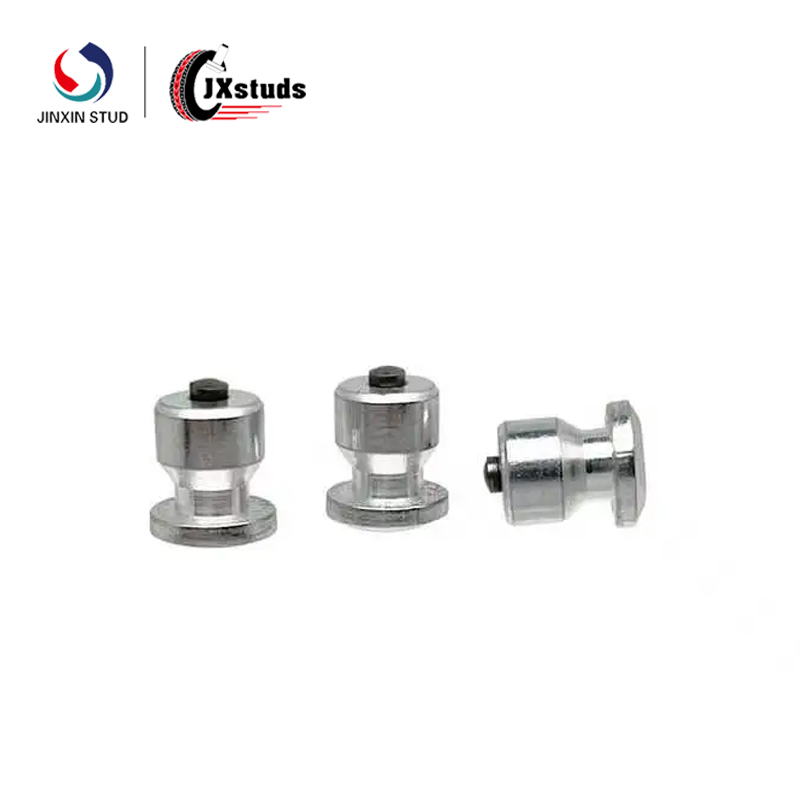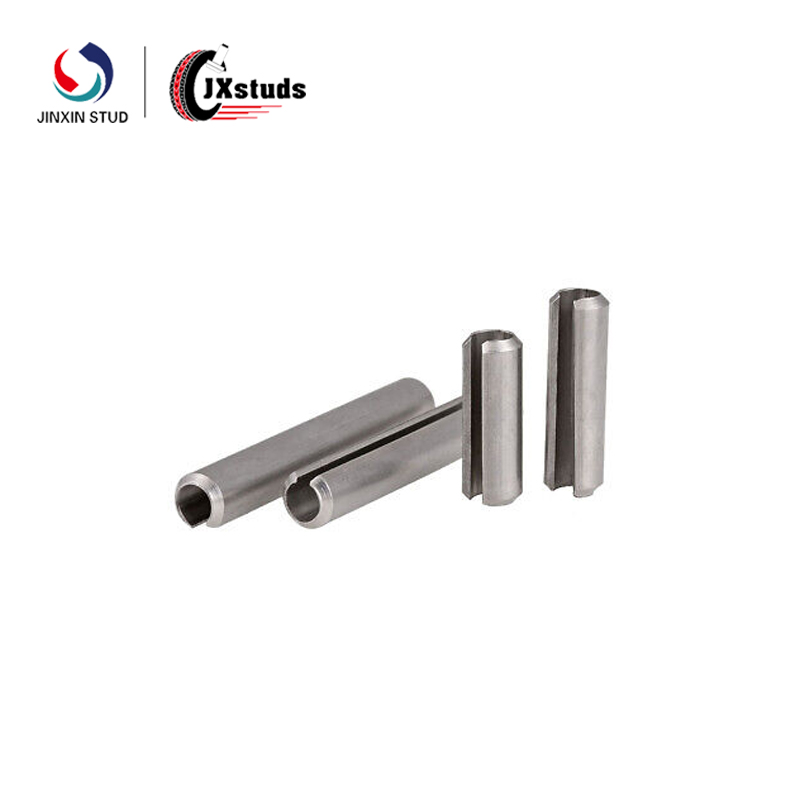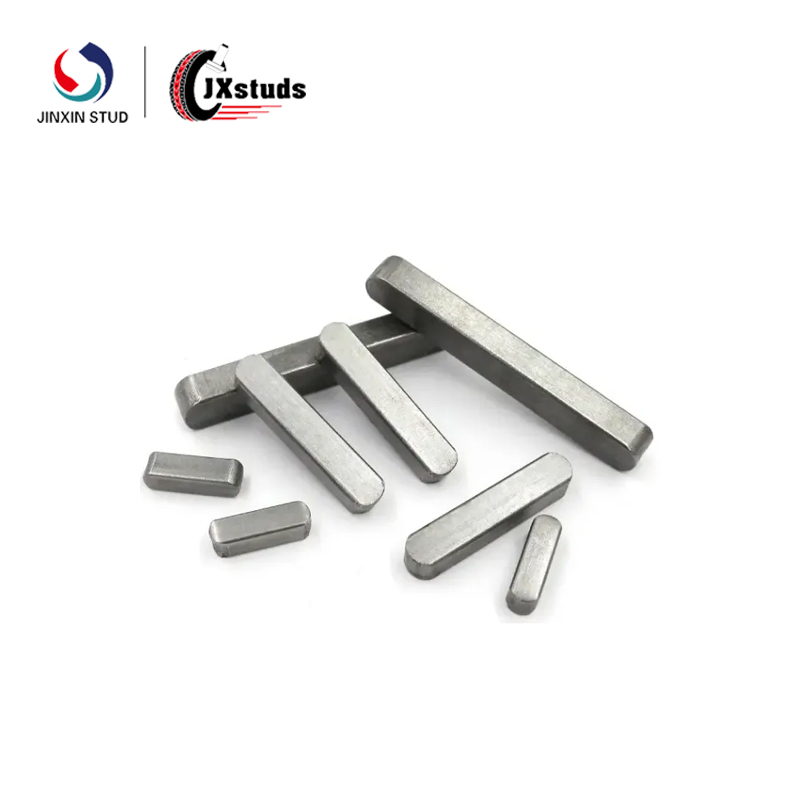What is cold forming?
Cold forming refers to a broad range of metalworking processes in which metal is deformed at or near room temperature to form a desired shape. The material is usually subjected to a large force to induce plastic deformation without the need for heat. Cold forming can include a variety of processes, such as:
Cold rolling: Reducing the thickness of the metal by rolling.
Cold Forging: High pressure is applied to form the metal in a mold.
Cold Drawing: Pulling metal through a mold to reduce its diameter and increase its length.
Cold Extrusion: Forcing metal through a die to form a shape, such as a tube or profile.
Cold forming usually improves the mechanical properties of the material due to work hardening (increase in strength and hardness) with high precision and minimal material waste.
What is cold heading / cold forging?
Cold heading is a special type of cold forming used primarily in the production of fasteners such as bolts, screws, rivets and nails. In cold heading, a cylindrical metal blank (usually wire or bar) is placed in a mold and a punch applies force to shape the metal into a specific head shape (e.g. hexagonal, round or square). The process takes place at or near room temperature.

The main characteristics of cold forging:
High speed process: Cold forging is usually used for the mass production of small and medium-sized parts, especially fasteners.
Minimal Material Waste: It is possible to produce complex shapes with minimal waste, which is one of the reasons it is favored for high volume manufacturing of fasteners.
Work hardening: Like other cold forming processes, cold heading increases the strength and hardness of the material due to plastic deformation.
Cold heading is widely used in the automotive, aerospace and construction industries to produce a variety of fasteners and other small metal parts.


